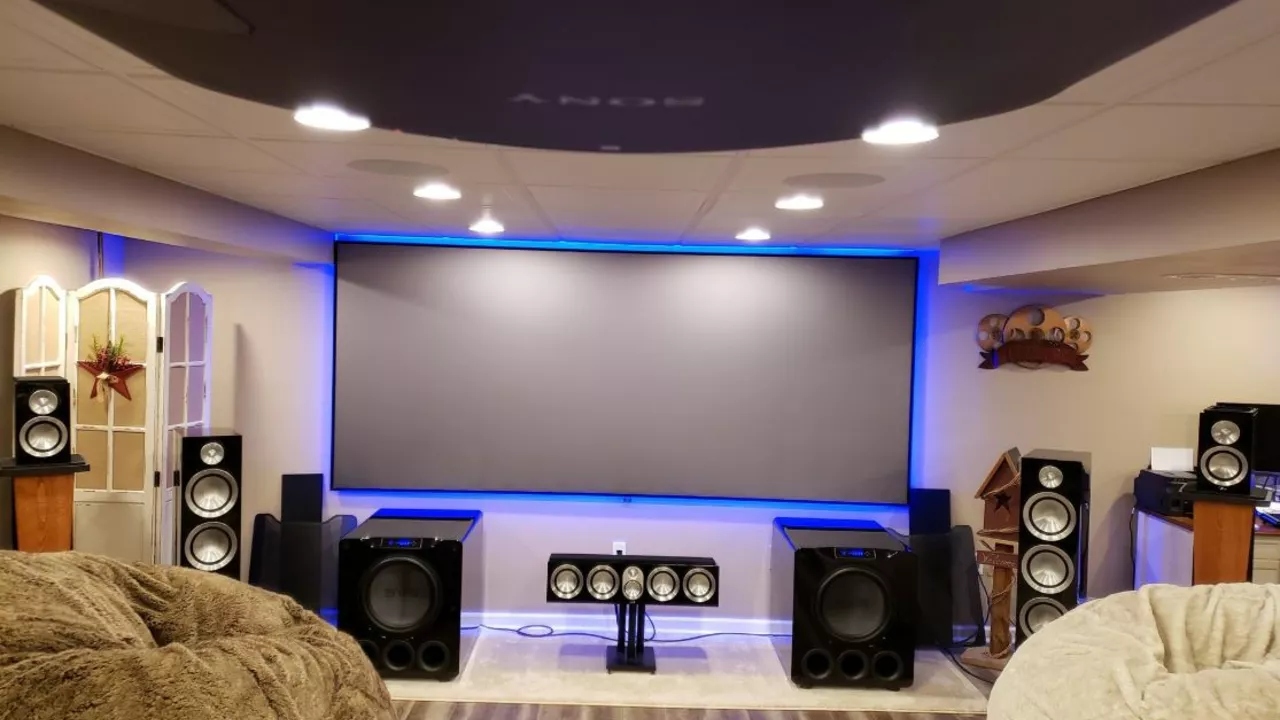Audio Comparison Guide: TV Soundbars, Rugby Broadcasts & More
Ever wondered why some TV shows sound crisp while others feel flat? The difference often comes down to how you compare audio sources and choose the right gear. In this guide, we’ll walk through simple steps to evaluate soundbars, test rugby broadcast audio, and pick the setup that fits your living room.
Start with a Baseline Test
Grab a familiar program – a news clip or a rugby match you’ve seen before – and listen on your TV’s built‑in speakers. Take note of clarity, bass, and how well you can hear commentary versus crowd noise. This baseline gives you a reference point before you add any extra equipment.
Now switch to a soundbar. Play the same clip and focus on three things: volume consistency, dialogue intelligibility, and overall immersion. If the soundbar claims “Dolby Atmos,” listen for a sense of height or space. A quick side‑by‑side comparison helps you spot real improvements versus marketing hype.
Key Factors When Comparing Audio
1. Frequency Range – A good sound system reproduces low (bass), mid (voices), and high (effects) frequencies evenly. Use a free online frequency sweep or a YouTube tone test to see if any part feels missing.
2. Speech Clarity – For rugby broadcasts, clear commentary matters more than booming explosions. Try a segment with fast‑talking analysts and see if you still catch every name and statistic.
3. Surround Effect – Some soundbars simulate surround sound. Play a stadium chant and notice if the crowd feels like it’s coming from the sides or just the front.
4. Latency – Audio lag can ruin the viewing experience, especially during fast‑paced rugby plays. If lips don’t sync with mouths, the system isn’t suited for live sports.
5. Ease of Setup – A complex system might sound great, but if you spend more time tweaking than watching, it defeats the purpose. Plug‑and‑play soundbars often win on convenience.
When you’ve run through these points, jot down which setup gave the best balance of clarity, immersion, and ease. That short list becomes your personal audio comparison chart.
Don’t forget to consider room acoustics. Hard walls bounce sound, while carpet and curtains absorb it. If a soundbar sounds thin in a bare room, try adding a rug or a bookshelf to improve the vibe.
Finally, remember that price isn’t the only indicator of quality. Mid‑range models around £150 often outperform expensive units that rely on brand hype. Read user reviews, watch YouTube comparison videos, and trust your ears.
With these steps, you’ll be able to compare audio like a pro, whether you’re watching a gritty rugby clash or catching up on the latest TV series. Enjoy the richer sound and never miss a crucial play again.
